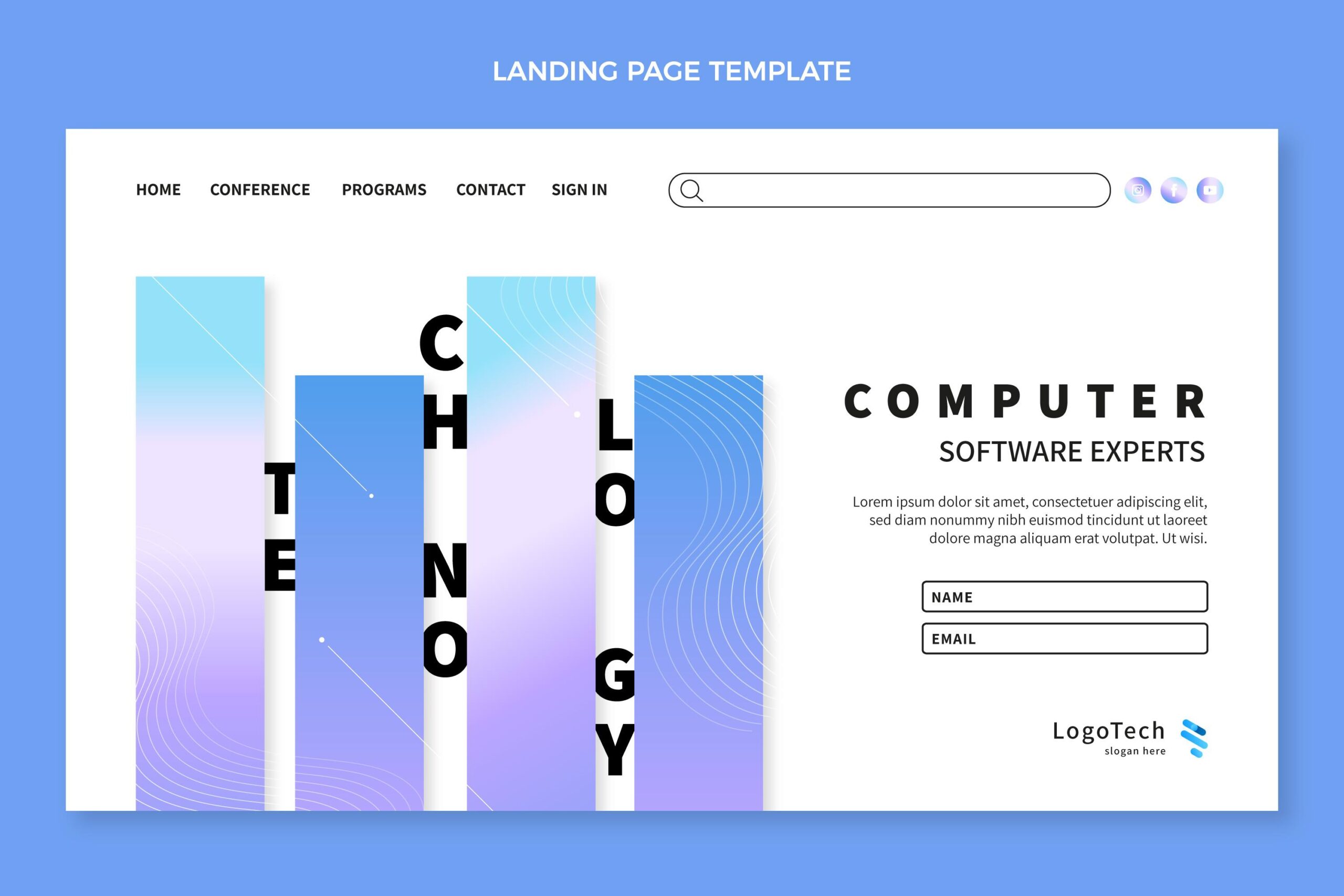10 Marketing Tools for Startups
Just starting out in the startup world? Finding the right tools can feel overwhelming! We have go...
Jan 06, 2026At Hyperminds, we help brands achieve predictable growth and revenue by creating visibility and credibility through strategic marketing.

At Hyperminds, we are obsessed with helping SaaS and Tech startups punch above their weight.
From day one, we roll up our sleeves and get into the trenches with your team, decoding your ideal customer profile, sharpening your positioning, and engineering funnels that convert.
Our marketers aren’t just creatives or analysts. They’re startup-minded thinkers who understand that your success rides on smart execution and rapid, sustainable growth.
Projects launched
Conversion growth

Years on the Market
We offer a complete suite of digital and creative services designed to help you attract, convert, and retain customers at every stage of the journey.
Full-funnel growth with SEO, PPC, content, and social campaigns—powered by AI-driven dashboards that track ROI in real time.
From name and story to visual identity, we design brand systems that command trust, resonate deeply, and stand out in crowded markets.
We build lightning-fast, growth - optimized websites that are brand-aligned, lead-friendly, and crafted to deliver measurable business outcomes.
Targeted, intent-driven campaigns that consistently attract high-quality buyers and fill your pipeline with predictable, qualified leads.
Our results-driven process aligns with your business goals from strategy to execution, and everything in between.

We measure what matters: qualified leads, conversion rates, ROI, and long-term brand growth. Vanity metrics don’t drive decisions where results do.
We begin with a strategy call, followed by a deep dive discovery session. Once aligned, we present a custom plan with timelines, deliverables, and KPIs, then hit the ground running.
From growth-stage startups to established enterprises, if you're serious about marketing performance and ready to scale, we’re ready to partner.
We specialize in partnering with SaaS and Tech businesses, while also supporting brands in industries such as automotive, Prop Tech, and food and beverage.
Most of our clients see measurable improvements in visibility and lead flow within 8–12 weeks, though exact timelines may vary depending on the channels and strategies used.
Yes, we do. Every business has its own goals, challenges, and audience, and we design our strategies to align with those unique needs.


Just starting out in the startup world? Finding the right tools can feel overwhelming! We have go...
Jan 06, 2026
Your Website Isn’t Just a Brochure. It’s a Business Engine. At Hyperminds, we understand how a we...
Jan 05, 2026